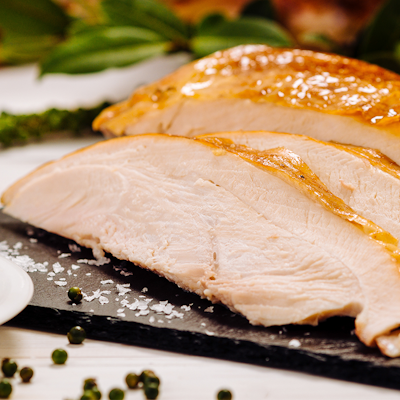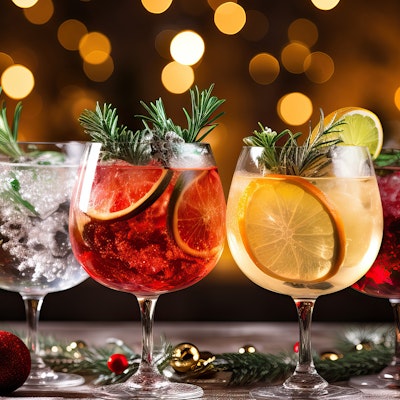What you need to know about food fraud
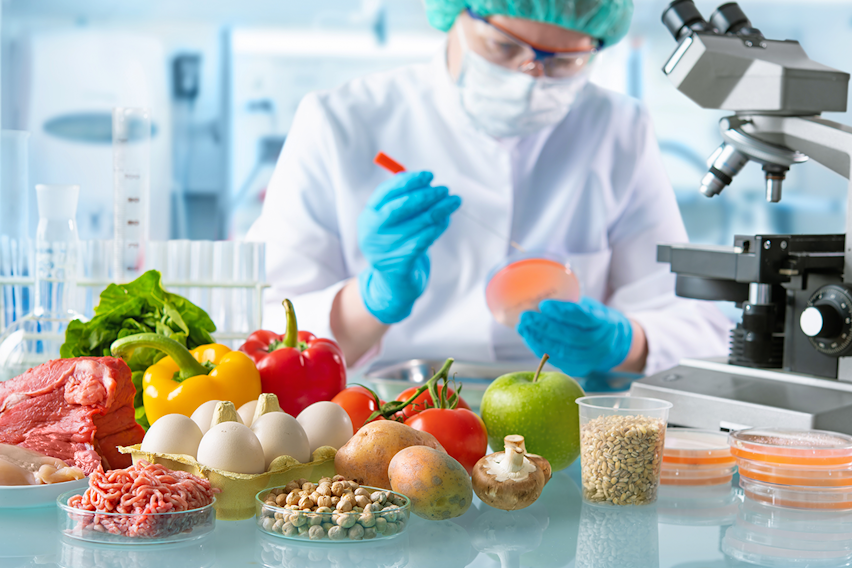
This month at Erudus we’ve been delving into all things food safety.
It’s the theme of the latest episode of The Erudus Podcast, and we also pulled together a round up of the best Erudus features for food safety to help businesses stay aware.
This week we’re delving into food fraud, and answering some of the most frequently asked questions in one easy cheat sheet....
What is food fraud?
Food fraud is an intentional action made by a business or individual in order to misrepresent a food product or its raw ingredients with the purpose of deceiving purchasers, customers and consumers and achieving undue advantage and/or financial gain as a result.
It is in violation of the rules referred to in Article 1(2) of Regulation (EU) 2017/625 (the agri-food chain legislation).
What are the different types of food fraud?
There are several different types of food fraud. These include:
Substitution
When part of a product (e.g an ingredient) is secretly replaced with an alternative, which is likely cheaper and/or not as high quality.
Concealment
This typically involves hiding disease in foods like meat so that it is not visible, and adding colouring to disguise issues with foods like fruit.
Unapproved enhancements
Modifications or changes that are not legal are made to a product.
Counterfeiting
When knockoffs and imitations of popular products are manufactured, often with no testing or quality controls.
Dilution
The watering down of a product, generally with oil or water (that is often unsafe).
Grey Market Production
Theft, diversion, and sales of unreported products.
What are the most common foods in food fraud?
Some of the most common foods affected by food fraud are:
- Honey
- Beef
- Sea food
- Orange juice
- Coffee
- Saffron
- Truffle Oil
- Olive Oil
- Wine
Additionally, there have been known cases of melamine (used to make plastic dishware) added to pet food, and other issues with meat ranging from using meat from an undeclared species to the falsification of export certificates for Halal beef.
Find out more about how food fraud affects the manufacture of these foods below.
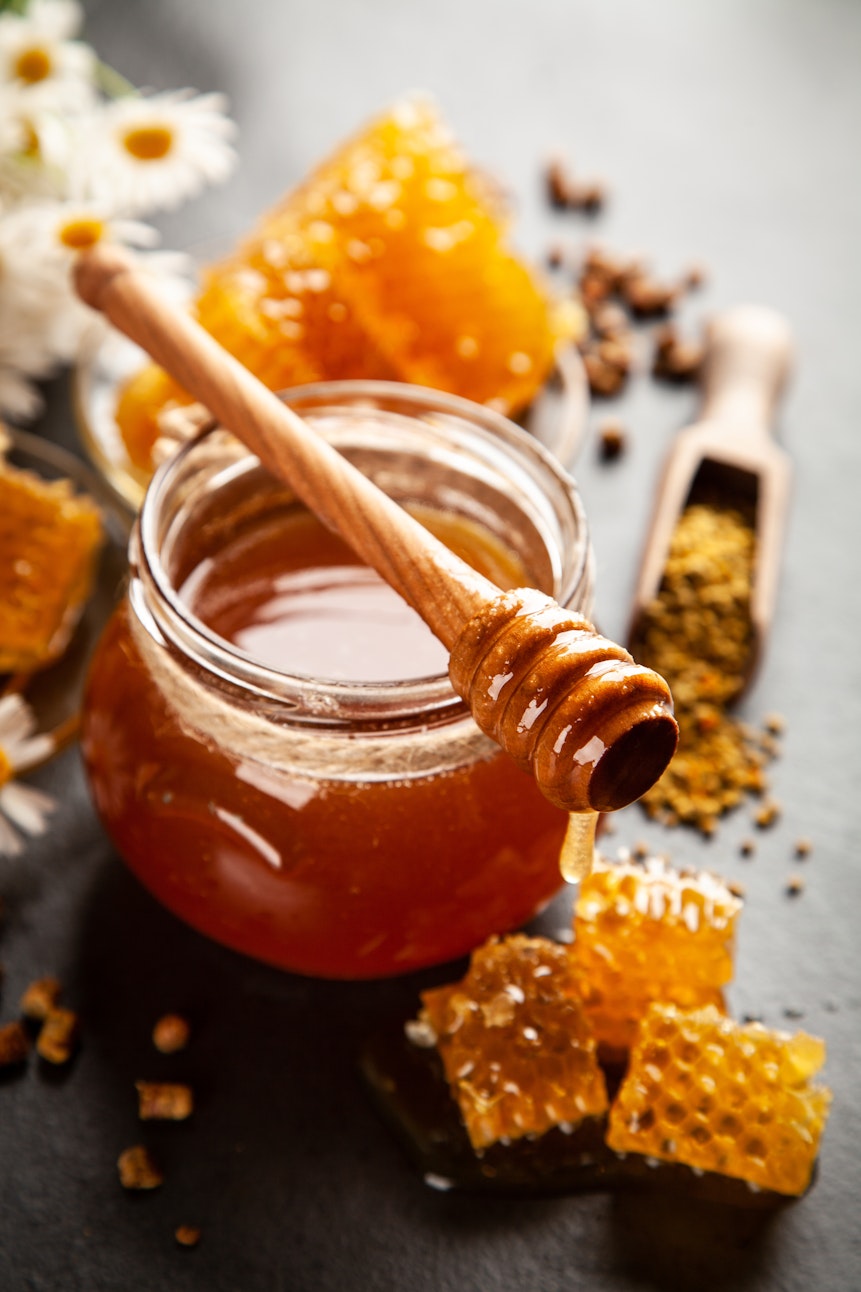
Honey
Known as ‘honey laundering’, there is a long history of honey being the target of food fraudsters. Unscrupulous businesses have been known to advertise and sell ‘pure honey’ using everything from synthetic and diluted honey to coloured sugar with added honey fragrance. ‘Honey laundering’ accounted for the single largest food fraud crime ever prosecuted in the US.

Beef
Horse meat has been sold as beef - one of the UK’s most high-profile food fraud cases occurred in 2013 when equine DNA was found in a range of ‘beefburgers’ being sold in the United Kingdom and Ireland.
Pork and kangaroo are also examples of meat products that have been sold as ‘beef’.
Sea food
Imitation crab meat is a popular crab substitute, and can be used legally and ethically - it is, for instance, a popular ingredient in the California Roll variety of sushi. However, it can also be a form of food fraud if not labelled and advertised correctly. Imitation shrimp is also a known counterfeit product, made from minced fish with sugar, salt, starch and additives (and sometimes egg). The substitution of pork rectum for squid in calamari has also been recorded.
Allergy Alert! Crustaceans (Crabs, lobster, prawns, shrimp and scampi) are one of the 14 major food allergens.
Allergy Alert! Molluscs (mussels, land snails, squid and whelks) are one of the 14 major food allergens.
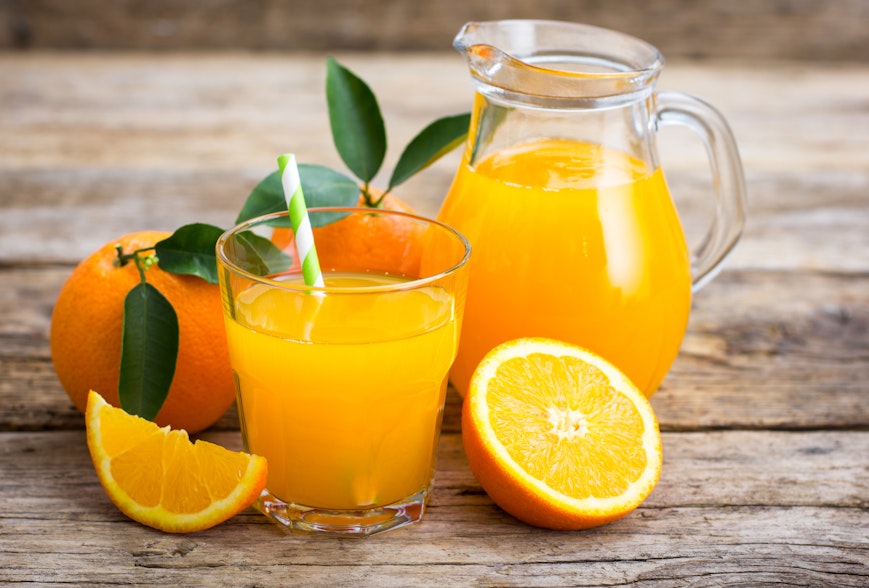
Orange Juice
The addition of corn sugar, ascorbic acid and potassium sulphate to orange juice is used in food fraud. The addition of other fruits to orange juice is also food fraud if not explicitly labelled as such.
Coffee
Mislabelling the country of origin is a major way coffee can be used in food fraud, as well as additional ingredients to bulk it out. On the whole, instant coffee is more likely to affected than whole beans or ground coffee. That first sip of starches, figs, and cereal grains is sure to get the morning going, right?
Saffron
Given that saffron is one of the world’s most expensive foods when sold by weight, it’s unsurprising that the spice is frequently diluted and/or cut with other substances.
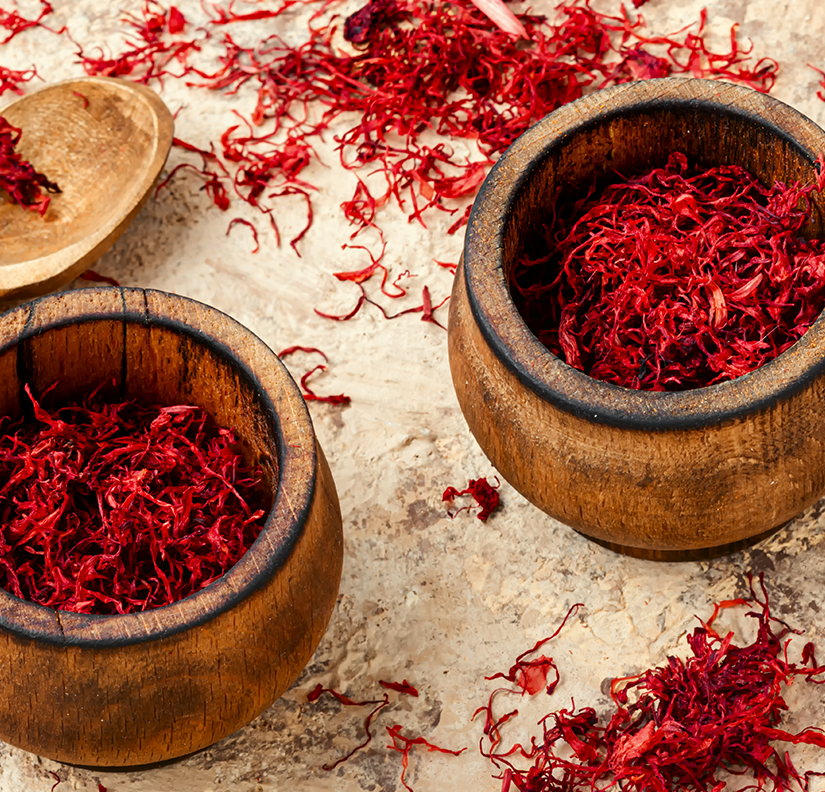
Truffle Oil
When truffle oil has artificial flavours and preservatives or other additives added it becomes less valuable and can no longer be counted as ‘fresh’. Unscrupulous manufacturers may add these things without declaring them in the ingredients list or label.
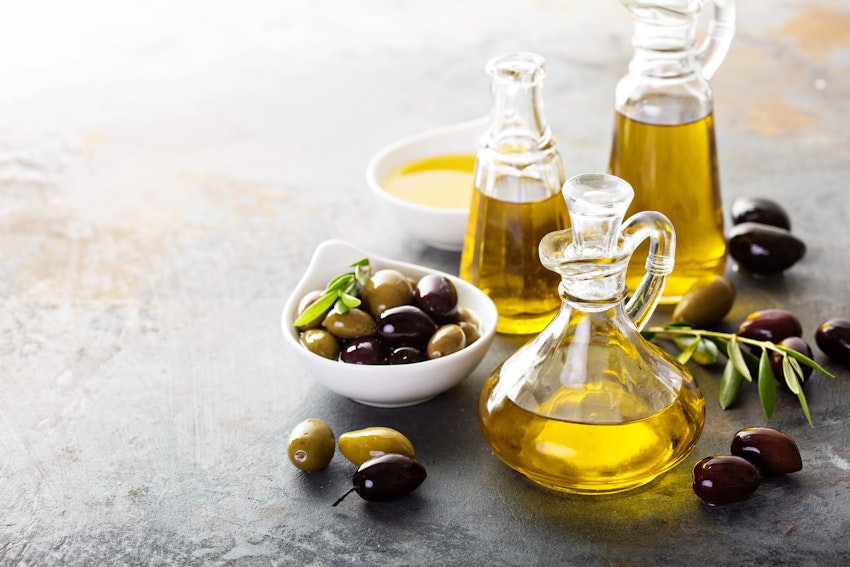
Olive Oil
Olive oil is one of the most at-risk products for food fraud. The methods can range from mixing premium olive oil and EVOO (Extra Virgin Olive Oil) with lower grade olive oil to mixing olive oil with cheaper oils like canola. In the latter case, the mixed oil will often need to be coloured and flavoured to pass for olive oil. This process can involve chemicals. In 1981, a batch of rapeseed oil was contaminated with aniline (a chemical compound that is extremely poisonous in its pure form) and sold across Spain as ‘Olive oil’.
Wine
Watering down wine is the most common way of committing food fraud with the beverage (as it is with most alcoholic drinks). Wine producers may also add colourings or preservatives, counterfeit their labels to those of more expensive brands or better years of vintage.
How do you protect against food fraud?
There are several ways a business can protect themselves against food fraud. These include:
Vulnerability assessment test
This is the starting point in protecting your business against food fraud. It involves asking and answering a series of questions that will prompt you to explore your vulnerabilities in terms of food fraud and how likely it is that you are likely to be on the receiving end. It’s important that these questions cover the potential of food fraud internally as well as externally. Would someone within the company be able to engage in food fraud? How? Once the answers to these questions have been established, you can identify solutions and preventative measures - such as random testing.
Monitor the market
Food fraudsters thrive on changes to the market, as it provides them with opportunity. Things like market price will be affected by increase in demand or scarcity of an ingredient and will indicate potential sources of fraud.
In-house testing
This is the best way to ensure the integrity of your product, have confidence in your fraud-prevention and it will also deter incidence. In-house testing can be expensive, but there are more affordable Near-Infrared versions on the market.


